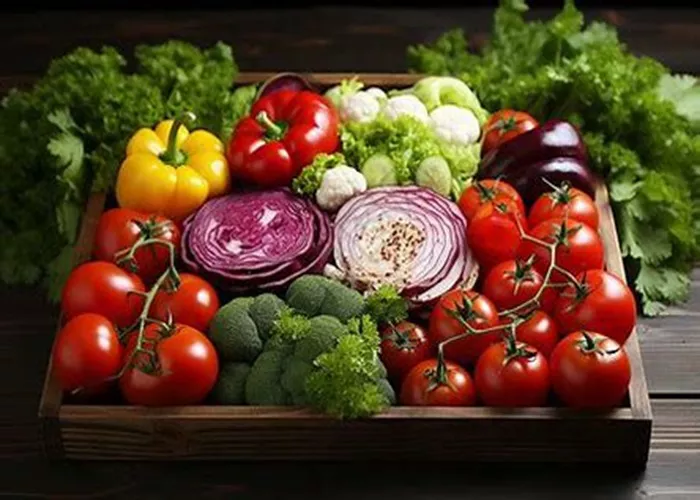The weight loss industry is saturated with expensive products promising rapid results—from detox teas to miracle supplements. However, according to registered dietitian Victoria Seaver, the most effective and sustainable approach to shedding pounds isn’t found in a bottle, but in your daily diet. Increasing fiber intake is a science-backed method to support weight loss and overall health.
Fiber, an indigestible component of plant-based foods, is present in fruits, vegetables, legumes, whole grains, and certain seeds like chia. It plays a crucial role in digestion, satiety, and gut health, making it the top nutrient to focus on for those looking to lose weight. Here’s how fiber works and how you can incorporate more of it into your diet for lasting results.
How Fiber Aids Weight Loss
Promotes Satiety Without Added Calories
Fiber is not digested by the body, meaning it adds bulk to meals without contributing additional calories. It slows digestion, keeping you full for longer and reducing the likelihood of overeating. A fiber-rich meal helps curb hunger, making weight management more achievable.
Supports Gut Health and Appetite Regulation
Fiber fermentation in the gut produces short-chain fatty acids (SCFAs), a type of postbiotic that may aid weight loss. SCFAs help regulate leptin, the hormone responsible for signaling fullness, and also reduce inflammation, creating an environment conducive to weight loss.
Reduces Consumption of Less Nutritious Foods
A diet rich in fiber naturally displaces lower-nutrient foods. High-fiber foods, which are also high in water content, help fill the stomach, leaving less room for processed foods that contribute to weight gain.
Recommended Daily Fiber Intake
For optimal health and weight loss, the recommended daily fiber intake is 14 grams per 1,000 calories consumed. This translates to approximately 25 grams per day for women and 38 grams per day for men. However, individual needs vary, and listening to hunger and fullness cues is essential.
If you frequently feel hungry shortly after meals, consider increasing fiber intake by making simple swaps: choosing whole grains over refined grains, incorporating more fruits and vegetables, or adding legumes and nuts to meals. Pairing fiber with protein and healthy fats further enhances satiety and nutritional balance.
When increasing fiber intake, do so gradually to prevent digestive discomfort. Since fiber absorbs water, staying well-hydrated is essential to support digestion and avoid bloating or constipation.
Easy Ways to Incorporate More Fiber
Adding fiber to your diet is simple and delicious. Here are some practical meal ideas:
Breakfast:
- Muesli with Raspberries
- Really Green Smoothie
- Peanut Butter-Chocolate Chip Overnight Oats with Banana
- Lemon, Raspberry & Cream Cheese Oatmeal Cakes
Lunch:
- Chickpea Salad Sandwich
- Avocado Egg Salad Sandwich
- Baked Falafel Sandwich
Dinner:
- Black Bean-Cauliflower “Rice” Bowl
- Sweet Potato-Black Bean Burgers
- Spinach Salad with Roasted Sweet Potatoes, White Beans & Basil
- Brussels Sprouts Salad with Crunchy Chickpeas
Snacks:
- Lemon Blueberry Frozen Yogurt Bites
- Cranberry Orange Energy Balls
- Snickerdoodle Almonds
For those seeking structured guidance, high-fiber meal plans offer a practical approach to maintaining a balanced diet. Options include:
- 7-Day Anti-Inflammatory High-Fiber Meal Plan, Created by a Dietitian
- The High-Protein, High-Fiber Lunch I Meal-Prep on Repeat
The Takeaway
Fiber is a powerful, natural tool for weight loss and overall health. By promoting satiety, supporting gut health, and reducing calorie intake from less nutritious foods, fiber makes it easier to achieve and maintain a healthy weight. To reap its benefits, increase fiber intake gradually, stay hydrated, and enjoy a variety of fiber-rich meals throughout the day. Incorporating simple dietary changes can lead to lasting improvements in both health and weight management.
Related Topics:
How Do You Start A Mediterranean Diet


